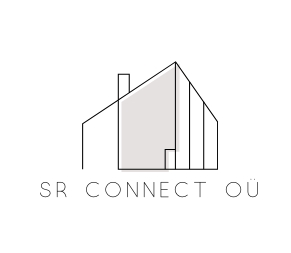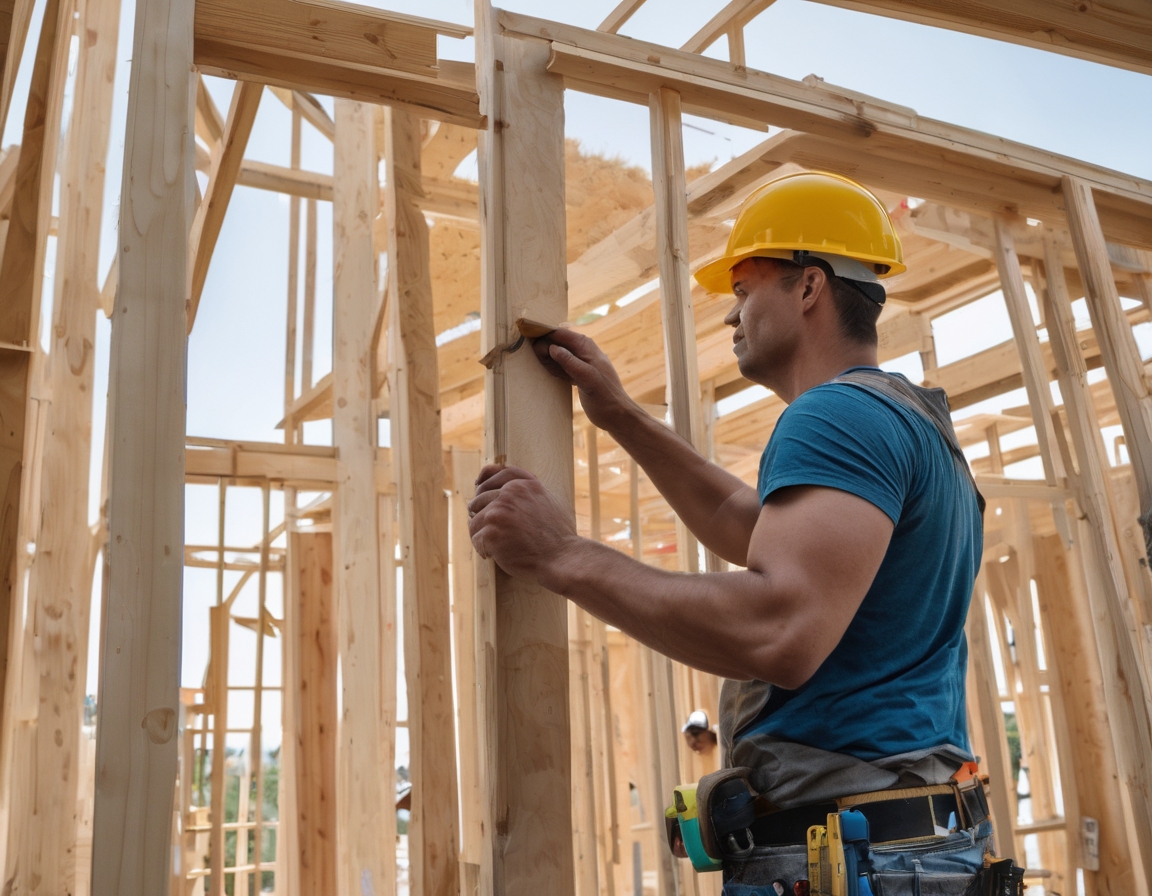Eco-friendly housing, also known as green housing, refers to residential buildings designed and constructed with the aim of minimizing environmental impact. These homes are built using sustainable materials and practices that promote energy efficiency, water conservation, and improved indoor air quality. As the effects of climate change become more pronounced, the importance of eco-friendly housing has grown, offering a viable solution to reduce our carbon footprint and preserve the planet for future generations.In recent years, there has been a significant shift towards sustainable living, driven by increased awareness of environmental issues and a desire for healthier living spaces. Homebuyers are increasingly seeking properties that align with their values, prioritizing eco-friendly features that contribute to a sustainable lifestyle. This growing demand is reshaping the housing market, encouraging developers and builders to incorporate green practices into their projects.
Key Features of Eco-Friendly Housing
One of the primary features of eco-friendly housing is energy efficiency. These homes are designed to reduce energy consumption through the use of high-performance insulation, energy-efficient windows, and advanced heating and cooling systems. Additionally, many eco-friendly homes incorporate renewable energy sources such as solar panels, further decreasing reliance on fossil fuels.Eco-friendly homes are constructed using sustainable materials that have a lower environmental impact. This includes recycled or reclaimed materials, rapidly renewable resources like bamboo, and non-toxic finishes that improve indoor air quality. The use of sustainable materials not only reduces waste but also supports the health and well-being of occupants.Water conservation is a critical aspect of eco-friendly housing. Features such as low-flow fixtures, rainwater harvesting systems, and drought-resistant landscaping help reduce water usage and promote sustainable water management. These measures are essential in areas facing water scarcity and contribute to the overall sustainability of the home.Eco-friendly homes prioritize indoor environmental quality by using materials and systems that enhance air quality and reduce exposure to harmful chemicals. This includes proper ventilation systems, non-toxic paints, and finishes, and the use of natural light to create a healthier living environment.Environmental Benefits of Eco-Friendly Housing
Eco-friendly housing significantly reduces the carbon footprint of a home by minimizing energy consumption and utilizing renewable energy sources. This reduction in greenhouse gas emissions is crucial in combating climate change and protecting the environment.By using sustainable materials and implementing water conservation measures, eco-friendly homes help conserve natural resources. This not only reduces the strain on the environment but also ensures that these resources are available for future generations.Eco-friendly housing practices emphasize waste reduction through the use of recycled materials and efficient construction methods. This approach minimizes the amount of waste sent to landfills and promotes a circular economy.Economic Advantages of Eco-Friendly Housing
While the initial investment in eco-friendly housing may be higher, the long-term cost savings are substantial. Energy-efficient systems and renewable energy sources reduce utility bills, while durable materials decrease maintenance and replacement costs.Eco-friendly homes often have a higher resale value due to their sustainable features and lower operating costs. As demand for green housing continues to rise, properties with eco-friendly features are likely to appreciate in value.Many governments offer incentives and rebates for homeowners who invest in eco-friendly housing. These financial benefits can offset the initial costs and make sustainable living more accessible to a broader audience.Social Impact of Eco-Friendly Housing
Eco-friendly homes provide healthier living environments by reducing exposure to pollutants and improving indoor air quality. This leads to better health outcomes for occupants, particularly those with respiratory conditions or allergies.The adoption of eco-friendly housing has a positive impact on communities and the planet as a whole. By reducing environmental impact and promoting sustainable practices, eco-friendly homes contribute to a more sustainable future for all.How to Transition to Eco-Friendly Housing
Transitioning to eco-friendly housing doesn't always require building a new home. Existing homes can be retrofitted with energy-efficient systems, sustainable materials, and water-saving features to improve their environmental performance.When considering eco-friendly housing, it's essential to choose features that align with your values and lifestyle. This may include solar panels, energy-efficient appliances, or sustainable landscaping, depending on your priorities and budget.Partnering with professionals who specialize in eco-friendly housing can ensure that your home meets the highest sustainability standards. These experts can guide you through the process, from design to construction, ensuring that your home is both environmentally responsible and aesthetically pleasing.Contact SR CONNECT OÜ today to explore innovative eco-friendly housing solutions that align with your values and contribute to a sustainable future.






Comments (0)